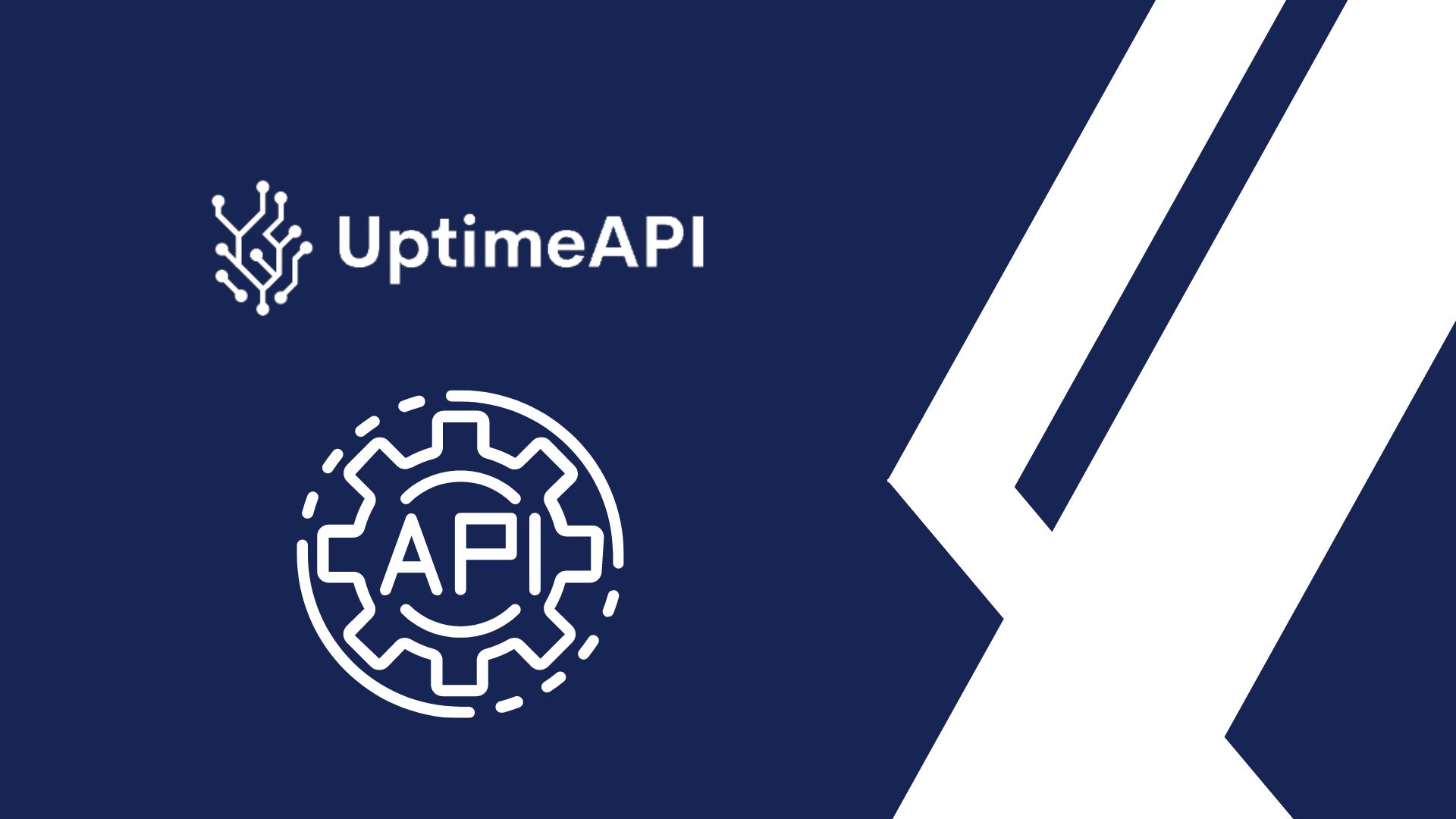REST API Monitoring Tool: Top Features

In the realm of modern software development and digital services, API monitoring plays a pivotal role in ensuring seamless functionality and optimal performance. APIs, or Application Programming Interfaces, serve as bridges between different software applications, allowing them to communicate and interact effectively. A REST API Monitoring Tool involves tracking various metrics and parameters to ensure they operate as intended, providing reliable service to users and clients.
What is A REST API Monitoring Tool?
The REST API Monitoring Tool refers to the process of observing and analyzing the performance and behavior of APIs in real-time. It involves tracking API uptime, response times, error rates, and other critical metrics to ensure they meet performance expectations. By monitoring APIs, organizations can proactively identify issues, prevent downtime, and maintain a high level of service availability.
Performance Metrics and Analysis
API performance can be understood by performance indicators including error rate monitoring, throughput, latency, and response time monitoring. Organizations may maximize API efficiency and find bottlenecks that could negatively impact user experience by utilizing tools that provide thorough performance analysis. Beyond simple performance indicators, advanced features in API monitoring tools cover important areas like security, scalability, and integration.
Monitoring for security and compliance makes sure APIs follow laws like GDPR and HIPAA. To reduce the risks of unauthorized access and data breaches, tools should provide monitoring of API authentication and perform security vulnerability scanning. An API's capacity to withstand growing loads and user traffic without experiencing performance degradation is assessed through scalability testing. To evaluate how APIs function under pressure, load testing replicates real-world scenarios, and resource utilization monitoring aids in resource allocation optimization for improved scalability.
Maintaining optimal API performance and guaranteeing smooth service delivery depend on selecting the appropriate API monitoring solution. Future advances in API monitoring are probably going to center on increasing automation, incorporating AI-driven analytics, and strengthening security protocols as technology develops.
Finally, it should be noted that the REST API Monitoring Tool is still essential to efficient IT operations and helps businesses maintain high performance and dependability requirements in the current digital environment. Businesses may proactively handle issues and grasp chances for expansion and innovation in their API-driven projects by utilizing sophisticated monitoring tools and keeping up with new developments.
Uptime API
With Uptime API, you can monitor your APIs. It works by regularly confirming that your APIs are up and running and performing as expected. Setting up monitors is easy. To set up monitors, you need the target API endpoint URL and the ability to change the watch's timeout and interval parameters. While timeouts show how long an API will wait for a response, monitoring intervals show how frequently an API will perform health checks. You may customize monitoring to your needs and preferences with these settings.
You may configure alerts and select which contacts should get notifications directly from your API dashboard. This way, you may then update your team. Because of its many changeable settings and monitor restrictions, you can choose the package that best meets your monitoring needs. It also provides historical data and analytics so you can track changes in API performance and availability over time. Get access to your logs so you can look into any issues with the API.
Analyze past performance patterns and base your choices on the truth. To reduce disruptions, alerts can be customized to your needs. swiftly and efficiently using data to monitor APIs. Whether you prefer webhooks, SMS, or email for your alarm notifications, you may select the one that best suits your requirements.
